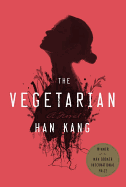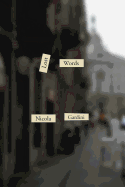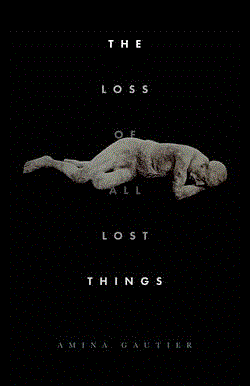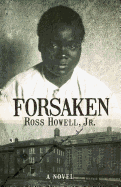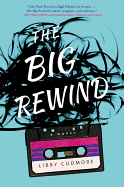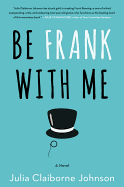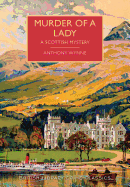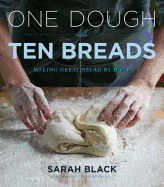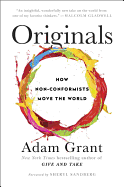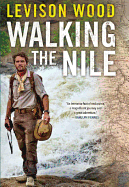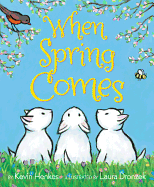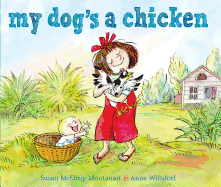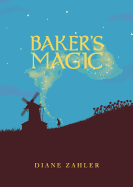 Artist and author Gene Luen Yang has a habit of breaking new ground. His debut graphic novel, American Born Chinese (First Second), was a National Book Award finalist in 2006 and the first graphic novel to win the Michael L. Printz Award. In 2013, Boxers and Saints (First Second), a "graphic diptych" about China's Boxer Rebellion, was an NBA finalist, too. Now, as of January 7, 2016, Yang is the first graphic novelist to represent the entire children's and young adult industry as the National Ambassador for Young People's Literature. Kate DiCamillo passed the torch to him with these words: "Gene Yang is a talented writer. He is a brilliant artist. His stories are thought-provoking, genre-bending, utterly original examinations of the human heart. In short, Gene Yang is a Renaissance man.... No one is better suited for bringing us all together." Here, for Shelf Awareness, Yang answers a few questions about the mighty rise of graphic novels and his exciting new role.
Artist and author Gene Luen Yang has a habit of breaking new ground. His debut graphic novel, American Born Chinese (First Second), was a National Book Award finalist in 2006 and the first graphic novel to win the Michael L. Printz Award. In 2013, Boxers and Saints (First Second), a "graphic diptych" about China's Boxer Rebellion, was an NBA finalist, too. Now, as of January 7, 2016, Yang is the first graphic novelist to represent the entire children's and young adult industry as the National Ambassador for Young People's Literature. Kate DiCamillo passed the torch to him with these words: "Gene Yang is a talented writer. He is a brilliant artist. His stories are thought-provoking, genre-bending, utterly original examinations of the human heart. In short, Gene Yang is a Renaissance man.... No one is better suited for bringing us all together." Here, for Shelf Awareness, Yang answers a few questions about the mighty rise of graphic novels and his exciting new role.
You've really made a difference in how the world sees graphic novels. What is your perspective on the remarkable evolution of this format?
It's astounding, really. I started in comics in the mid-'90s, and if you'd told me then that we'd be here today, I wouldn't have believed you. Graphic novels have earned Newbery Honors two years in a row! Cece Bell's El Deafo (Abrams) broke new ground last year, and this year Victoria Jamieson's Roller Girl (Dial) proved that we're here to stay. Multiple graphic novels have been nominated for the National Book Awards now, and not just in the Young People's Literature category.
 Even more importantly, librarians, teachers and parents are recognizing the value of graphic novels. They're being used in classrooms, and not just with reluctant readers. At every level, graphic novels are being accepted as a part of the literary landscape. Absolutely astounding.
Even more importantly, librarians, teachers and parents are recognizing the value of graphic novels. They're being used in classrooms, and not just with reluctant readers. At every level, graphic novels are being accepted as a part of the literary landscape. Absolutely astounding.
Do you think the upcoming generations, awash in screen time, are more visual in general?
I'm not sure, to be honest. I haven't seen the data. But there's no denying that we are multimedia now. We're used to seeing documents that use multiple types of media, all sitting side by side, to convey information. The lines between the various forms of media are blurring.
If someone told you he or she had never read a graphic novel, which titles would you recommend to the neophyte?
For our youngest readers, I'd recommend Long Tail Kitty (Blue Apple) by Lark Pien. It's a beautiful collection of short stories about friends hanging out. Also, anything put out by Toon Books.
For middle grade, I'd recommend anything by Raina Telgemeier. Just pick one. Zita the Spacegirl (First Second) by Ben Hatke is another wonderful choice.
For high school kids, Blankets (IDW) by Craig Thompson. This One Summer (First Second) by Jillian Tamaki and Mariko Tamaki.
And for adults, Maus by Art Spiegelman. Maus converted my wife into a graphic novel reader.
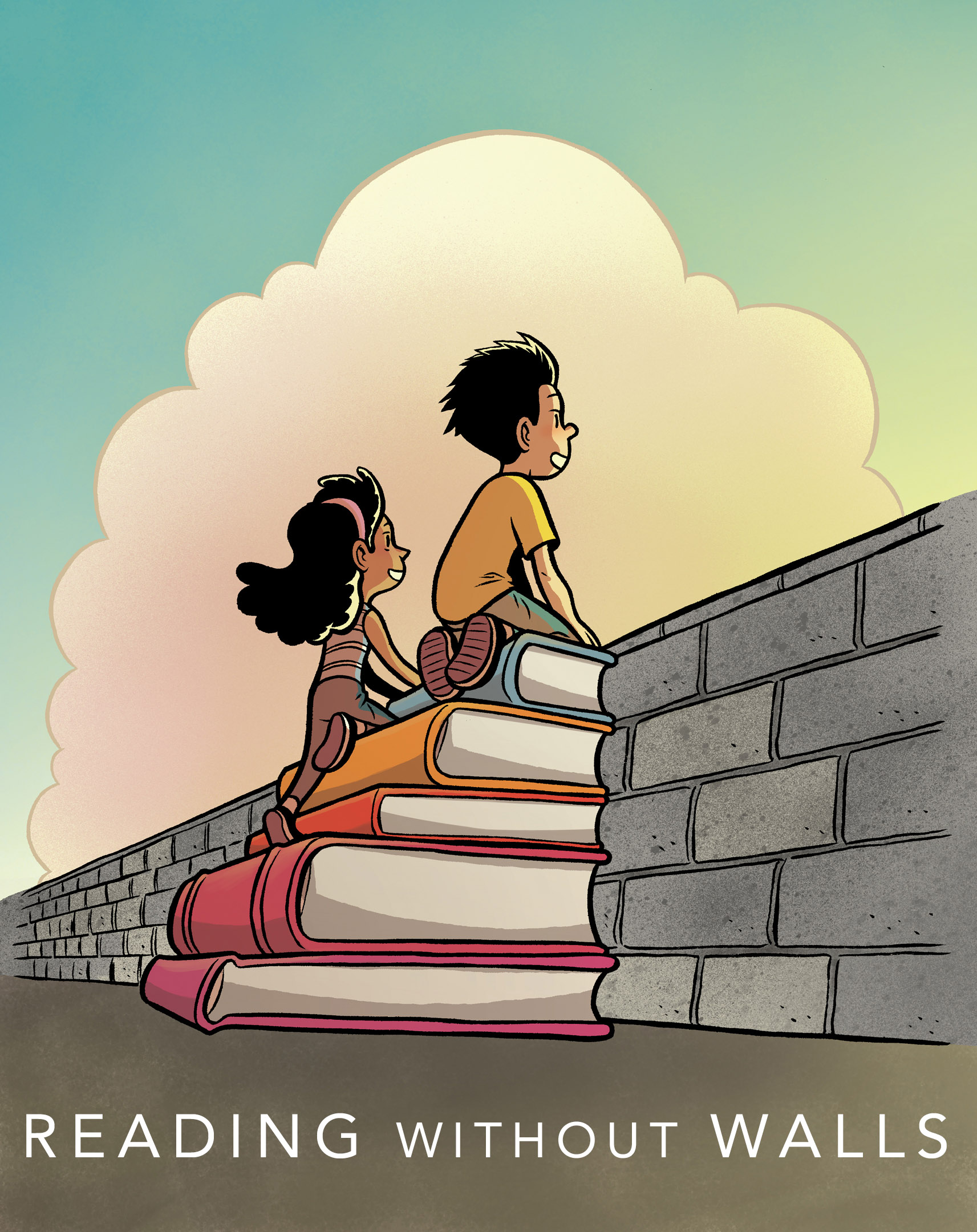 For the next two years, you'll be traveling the country talking to readers of all ages about your platform, "Reading Without Walls." How would you explain your mission?
For the next two years, you'll be traveling the country talking to readers of all ages about your platform, "Reading Without Walls." How would you explain your mission?
Reading Without Walls encourages kids to explore the world through books. We want to challenge kids to read outside their comfort zones in three very specific ways. First, read a book about someone who doesn't look like you or live like you. Second, read a book about a topic that you find intimidating. Third, read a book in a format you've never tried before: a graphic novel, a prose novel, a novel in verse or a hybrid novel.
You taught high school for 17 years--do you feel that this new appointment puts you back in the classroom in a sense?
Absolutely. I'm really excited about this. I left my teaching gig last June, and it was rough. It felt like I was breaking up with someone. I lost sleep. I couldn't eat. I missed my classroom. In a way, this appointment fills that empty space. It gives me a classroom of sorts.
Do you think you'll have time to create more new books while you're out on the road? What are you working on now?
Well, I travel a decent amount already. I don't anticipate traveling more. My events will just be different. Instead of talking exclusively about my books, I'll get to talk about BOOKS. I've already learned to write on the plane and in hotel rooms.
Right now, I'm writing more Superman and more Avatar: The Last Airbender. I'm working on the next volumes of Secret Coders (First Second). I'm also working on my next big book, which I'll be both writing and drawing. It will be about basketball.
What do your kids think about all this?
They think it's nice. I have to tell you, it's very hard to impress kids that you see on a daily basis. It's easier for me to impress my kids' friends. They all think the ambassadorship is awesome. My own kids just think it's nice.
In a Shelf Awareness Book Brahmin in 2014, when asked to list your top five authors, you replied, "Is it okay that they're mostly cartoonists? Osamu Tezuka, Art Spiegelman, Lynda Barry, Lloyd Alexander, Shusaku Endo." Anyone you've added to your top author list since then?
Oh, for sure. I have a deep admiration for Gary Schmidt, both as a person and as an author. I just finished Laura Ruby's Printz-winning Bone Gap (Balzer+Bray/HarperCollins) and it was astounding. G. Willow Wilson is schooling the world on how to write YA superheroes right now.
I also finished Plutoby Naoki Urasawa. He will. Blow. Your. Mind.
Anything else you'd like to tell Shelf readers?
Books are awesome and so are you.
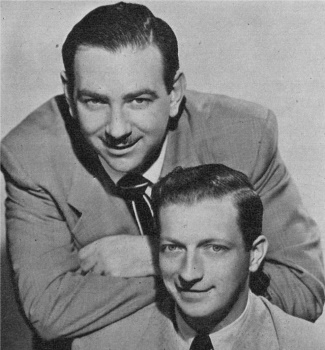




 Artist and author
Artist and author  Even more importantly, librarians, teachers and parents are recognizing the value of graphic novels. They're being used in classrooms, and not just with reluctant readers. At every level, graphic novels are being accepted as a part of the literary landscape. Absolutely astounding.
Even more importantly, librarians, teachers and parents are recognizing the value of graphic novels. They're being used in classrooms, and not just with reluctant readers. At every level, graphic novels are being accepted as a part of the literary landscape. Absolutely astounding. For the next two years, you'll be traveling the country talking to readers of all ages about your platform, "Reading Without Walls." How would you explain your mission?
For the next two years, you'll be traveling the country talking to readers of all ages about your platform, "Reading Without Walls." How would you explain your mission?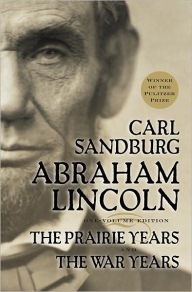 Carl Sandburg's monumental biography of Abraham Lincoln was originally published in six volumes. The first book, Abraham Lincoln: The Prairie Years (Harcourt, Brace & Co., 1926) was two volumes; the second, Abraham Lincoln: The War Years (Harcourt, Brace, 1939) was four volumes, and won the 1940 Pulitzer Prize for History. (Sandburg also won two Pulitzers for his poetry.) An abridged single volume, Abraham Lincoln: The Prairie Years and The War Years, came out in 1954 and was last reprinted by Mariner in 2002 ($26, 9780156027526). Sandburg's book also inspired a Pulitzer-winning play, Abe Lincoln in Illinois (1938), which was adapted into a film in 1940, and a six-part miniseries starring Hal Holbrook called Lincoln (1974-1976).
Carl Sandburg's monumental biography of Abraham Lincoln was originally published in six volumes. The first book, Abraham Lincoln: The Prairie Years (Harcourt, Brace & Co., 1926) was two volumes; the second, Abraham Lincoln: The War Years (Harcourt, Brace, 1939) was four volumes, and won the 1940 Pulitzer Prize for History. (Sandburg also won two Pulitzers for his poetry.) An abridged single volume, Abraham Lincoln: The Prairie Years and The War Years, came out in 1954 and was last reprinted by Mariner in 2002 ($26, 9780156027526). Sandburg's book also inspired a Pulitzer-winning play, Abe Lincoln in Illinois (1938), which was adapted into a film in 1940, and a six-part miniseries starring Hal Holbrook called Lincoln (1974-1976).